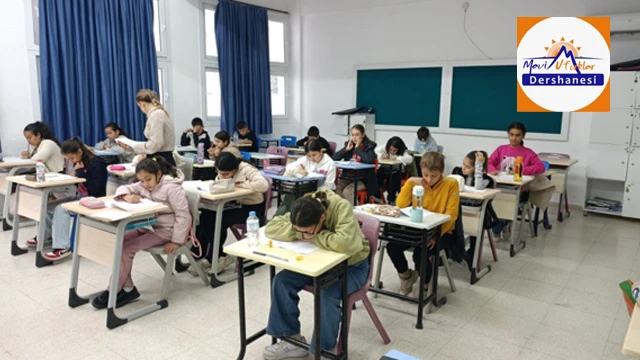ICT Generation and Contributions in High User Sectors
The first stage of the analysis consists of identifying the producing sector and the sector that uses a lot of ICT. A user sector is obtained by default. It is the industries that are common in the sector classifications of the three countries. Here, a sector that uses a lot of ICT has been identified.
These are service activities: trade, financial activities, business services and personal services real estate for the UK, size of the real estate sector etc. Considering these features, it cannot be separated from commercial services, which is an important difference.
This classification is proof that investments in ICT (computers, software and communication equipment) increase employee productivity. These analyzes are based on the identification of the most intensive ICT investments.
The ICT producing sector includes office machinery and computer equipment, communications equipment, and the postal and telecommunications industries for France.
For the United States and the United Kingdom, it includes the computer industry and the communications equipment industry. As they do not have sufficiently detailed investment series, the total used is limited to electrical equipment and tools.
ICT Generation and Contributions in High User Sectors
The definition of the producer sector is unfortunately very heterogeneous from one country to another. On the other hand, the ICT intensive sector has a weight equal to or greater than one-third of the total value added. It is relatively homogeneous. (About 37%)
The share of ICT investment in total manufacturing sector investment in the 1995-2001 period is extremely high in the United Kingdom and the United States. (43% and 46% respectively)
There is approximately two and a half times more share in this sector than in the economy. This results in high ICT intensity in the Anglo-Saxon countries in the second period.
The French manufacturing sector, on the other hand, allocates only 16% of its investments to ICT. In the very user-intensive sector, the share of ICT in investment is about half that in the United States (41%) in the United Kingdom and France (21% and 23%, respectively).
In France, however, this share is significantly higher than that observed in the economy for all sectors (12%) in the 1995-2001 period.
The results describe hourly productivity sources in France, the United States and the United Kingdom for the ICT producer and user sectors. Hourly productivity is much higher in the productive sector than in the user sector. They emphasize the rate of increase in TFV.
Hourly productivity in the manufacturing sector increased between 12% and 14% annually in the three countries during the 1995-2001 period. The momentum observed between the two sub-periods of the 1990s is very strong.
Diagnoses of changes in hourly productivity and TFP in two sectors (manufacturer and user) are looked at. Inevitably, traditional choices underlie the volume-price sharing of ICT.
The more it takes into account the gains in ICT performance, the higher the value-added increase in volume and productivity gains predicted for the ICT producing sector.
On the other hand, there is a higher forecast of growth in the volume of ICT investments. All else being equal, ICT reduces the level of projected TFP gains for the user sector.
In the user sector, the acceleration in productivity in the second half of the 1990s was widespread and evident (with the exception of the UK hourly).
In the UK, and even more so in the United States, the levels reached recently are extraordinary for a service industry. There are average annual earnings reaching 2.41% and 3.87% for hourly productivity, and 1.65% and 2.54% for PGF, respectively.
These unusual levels are mainly due to the fact that the contribution of ICT capital growth is significant in both cases. (Primarily 0.66 and 0.99 percentage points per year for computer hardware, respectively) Significant spillover effects are thought to have occurred in ICT related earnings.
The gains are also the result of a faster improvement in the efficiency of the production process in these industries.
Yaşam Ayavefe




























Yorum Yazın